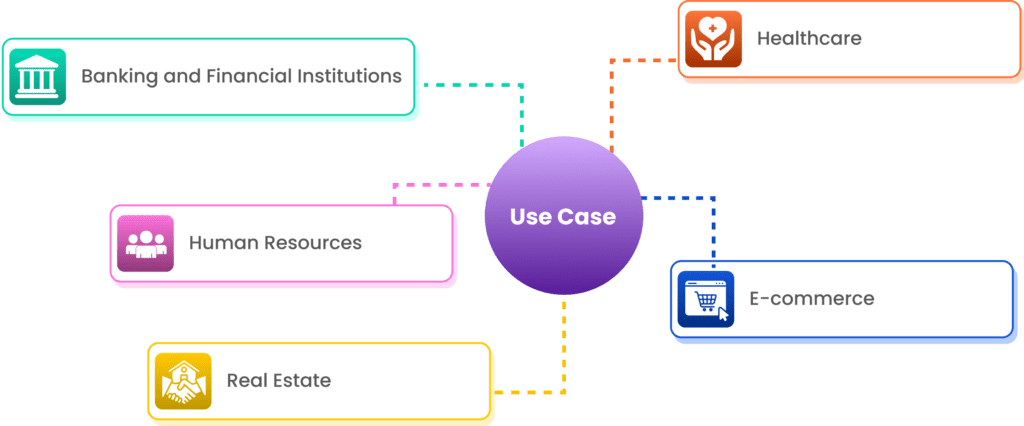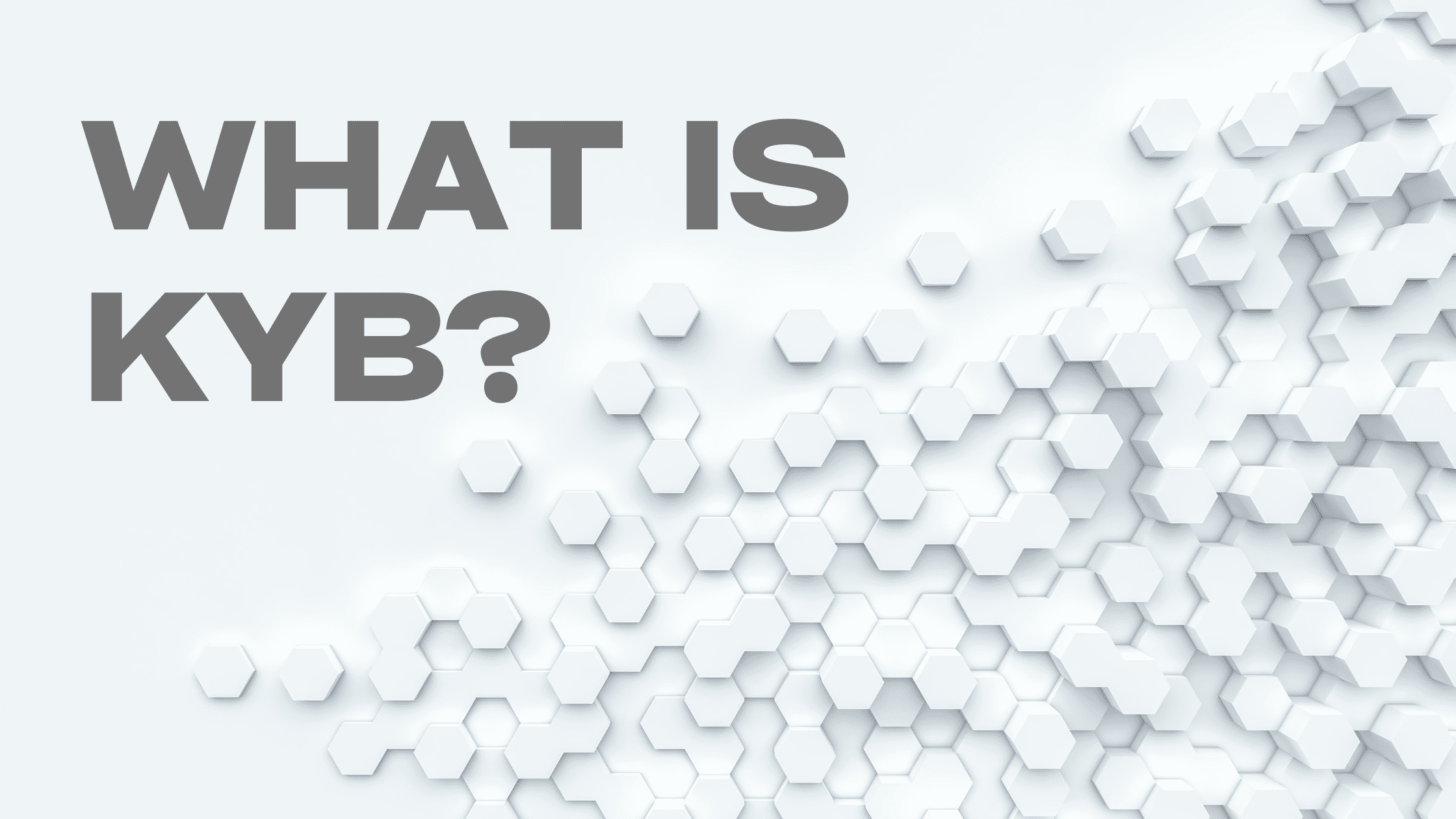The need for secure and efficient ways to sign documents electronically has become essential in this digital-first world. And, Aadhaar eSign has become one of the most innovative solutions to revolutionize the process of digital signatures in India. This solution is facilitated by the Unique Identification Authority of India (UIDAI).
Read this article further to understand what Aadhaar eSign is, how it works, and what are its benefits for both individuals and businesses.
What is Aadhaar eSign?
Aadhaar eSign is an online electronic signature service that uses the Aadhaar authentication system to digitally sign documents. This solution allows individuals with a valid Aadhaar number to sign documents electronically, providing a legally binding and secure alternative to traditional handwritten signatures.
How Does Aadhaar eSign Work?
The Aadhaar eSign process involves several steps, ensuring both security and authenticity. Here’s a step-by-step guide to understanding how it works:
1. Initiation and Consent
The eSign process starts when the user provides their Aadhaar number and gives consent to use it for electronic signature purposes. This consent is crucial as it authorizes the use of Aadhaar number for verification.
2. Authentication
The user’s identity is authenticated using the Aadhaar number. This can be done in two ways:
- Biometric Authentication: The user’s fingerprint or iris scan is matched with the biometric data stored in the Aadhaar database.
- One-Time Password (OTP) Authentication: An OTP is sent to the user’s registered mobile number with Aadhaar. The user enters this OTP to verify their identity.
3. Signing
Once authentication is successful, the Electronic Signature Service Provider (ESP) generates a digital signature. This signature is then affixed to the document, ensuring it is legally binding and secure.
4. Validation
The digitally signed document is then validated and is ready to be distributed. The signature holds the same legal validity as a traditional handwritten signature, thanks to the legal framework established by the Information Technology Act, 2000.
Benefits of Aadhaar eSign
Aadhaar eSign offers numerous benefits, making it a preferred choice for both individuals and businesses:
For Individuals:
- Convenience: Sign documents anytime, anywhere without the need for physical presence.
- Security: Ensures secure authentication and tamper-proof signatures, protecting personal information.
- Legally Binding: Documents signed with Aadhaar eSign are legally valid, adding confidence and trust.
For Businesses:
- Efficiency: Streamlines document signing processes, reducing turnaround time and operational costs.
- Compliance: Adheres to regulatory standards, ensuring the legality and authenticity of transactions.
- Enhanced Customer Experience: Provides a seamless and hassle-free signing experience, increasing customer satisfaction.
- Fraud Prevention: Reduces the risk of fraudulent transactions with secure authentication mechanisms.
Use Cases of Aadhaar eSign
Aadhaar eSign can be used across various industries, enhancing efficiency and security in numerous applications:
1. Banking and Financial Institutions
Banks and financial institutions can use Aadhaar eSign for loan approvals, account openings, and fund transfers. This not only fasten the process but also ensures compliance with regulatory requirements.
2. Healthcare
In the healthcare sector, Aadhaar eSign can be used to digitize prescriptions, patient consent forms, and medical records. This improves administrative efficiency and enhances patient care.
3. Real Estate
Real estate transactions, including property sales, lease agreements, and rental contracts, can be expedited using Aadhaar eSign. This streamlines the process for all stakeholders involved.
4. E-commerce
E-commerce platforms can enhance customer onboarding, order processing, and delivery confirmations with Aadhaar eSign. This ensures a smooth and secure shopping experience for customers.
5. Human Resources
HR departments can use Aadhaar eSign for employee onboarding, payroll management, and other document-related processes. This fosters efficiency and compliance in personnel management.

A modern and easy to use API Infrastructure
Legal Framework and Compliance for Aadhaar e-sign
The legality of Aadhaar eSign comes from the Information Technology Act, 2000, and its subsequent amendments. The Aadhaar (Authentication) Regulations of 2016 also established the legal framework for Aadhaar-based authentication, including Aadhaar eSign. This ensures that documents signed with Aadhaar eSign are recognized as valid and binding.
Which Regulatory Bodies Are Involved?
- UIDAI (Unique Identification Authority of India): Maintains the Aadhaar infrastructure and oversees the authentication process.
- CCA (Controller of Certifying Authorities): Endorses Electronic Signature Service Providers (ESPs) and ensures compliance with regulatory standards.
- ASPs (Application Service Providers): Provide the frontend services that enable users to eSign documents using Aadhaar.
Security and Privacy
Aadhaar eSign uses advanced security measures to ensure the confidentiality and integrity of digitally signed documents. These include:
- Encryption: Ensures that the data transmitted during the signing process is secure and cannot be tampered with.
- Biometric and OTP Authentication: Provides powerful identity verification, reducing the risk of unauthorized access.
- Audit Trails: Maintains a detailed record of the signing process, including timestamps, IP addresses, and user details, which can be used for future reference and verification.
How to Use Aadhaar eSign
Here’s a simplified procedure for using Aadhaar eSign:
- Log In: The user logs into the eSign portal provided by an ASP.
- Upload Document: The document that needs to be signed is uploaded to the portal.
- Initiate eSign: The user then chooses for Aadhaar eSign and provides their Aadhaar number.
- Authenticate: The user’s identity is verified using either biometric data or an OTP.
- Sign: Upon successful authentication, the ESP generates a digital signature and affixes it to the document.
- Distribute: The signed document is validated and distributed to all relevant parties.
Conclusion
Aadhaar eSign is a powerful tool that simplifies the process of signing documents digitally. By leveraging the Aadhaar authentication system, it provides a secure, convenient, and legally valid alternative to traditional handwritten signatures.
Whether you are an individual looking to sign documents on the go or a business aiming to streamline your operations, Aadhaar eSign offers a reliable and efficient solution.
Aadhaar eSign functionality can lead to significant improvements in workflow efficiency, cost savings, and overall user satisfaction. If you haven’t already explored Aadhaar eSign for your business, now is the time to do so. It’s a step towards smarter, faster, and more secure documentation in the digital age.
To learn more about how Deepvue’s Verification Suite can enhance your online verification process, visit Deepvue.tech and explore their range of APIs designed to ensure accuracy and efficiency.
FAQs
- What is Aadhaar eSign and how is it different from traditional signatures?
Aadhaar eSign is an online electronic signature service that allows individuals with a valid Aadhaar number to sign documents electronically. Unlike traditional handwritten signatures, Aadhaar eSign uses the Aadhaar authentication system to verify signer’s identity, providing a secure and legally binding digital alternative.
- How can I use Aadhaar eSign to sign a document?
To use Aadhaar eSign, follow these steps:
- Log in to an eSign portal provided by an Application Service Provider (ASP).
- Upload the document you need to sign.
- Initiate the eSign process by providing your Aadhaar number.
- Authenticate your identity using either biometric data or an OTP sent to your registered mobile number.
- Once authenticated, the Electronic Signature Service Provider (ESP) generates a digital signature and affixes it to the document.
- Is Aadhaar eSign safe?
Yes, Aadhaar eSign is safe & secure as it is recognized under the Information Technology Act, 2000, and its amendments, as well as the Aadhaar (Authentication) Regulations of 2016. Documents signed with Aadhaar eSign are considered legally binding and hold the same validity as traditional handwritten signatures.
- What are the benefits of using Aadhaar eSign for businesses?
Aadhaar eSign offers several benefits for businesses, including:
- Efficiency: Streamlines document signing processes, reduces turnaround time and operational costs.
- Compliance: Adheres to regulatory standards, ensuring that the transactions are legal and authentic.
- Enhanced Customer Experience: Provides a seamless and hassle-free signing experience, increasing customer satisfaction.
- Fraud Prevention: Reduces the risk of fraudulent transactions with secure authentication mechanisms.
- What security measures are in place to protect my data when using Aadhaar eSign?
Aadhaar eSign advanced security measures include:
- Encryption: Protects data transmitted during the signing process from tampering.
- Biometric and OTP Authentication: Ensures powerful identity verification, reducing the risk of unauthorized access.
- Audit Trails: Maintains detailed records of the signing process, including timestamps, IP addresses, and user details, which can be used for future reference and verification.





